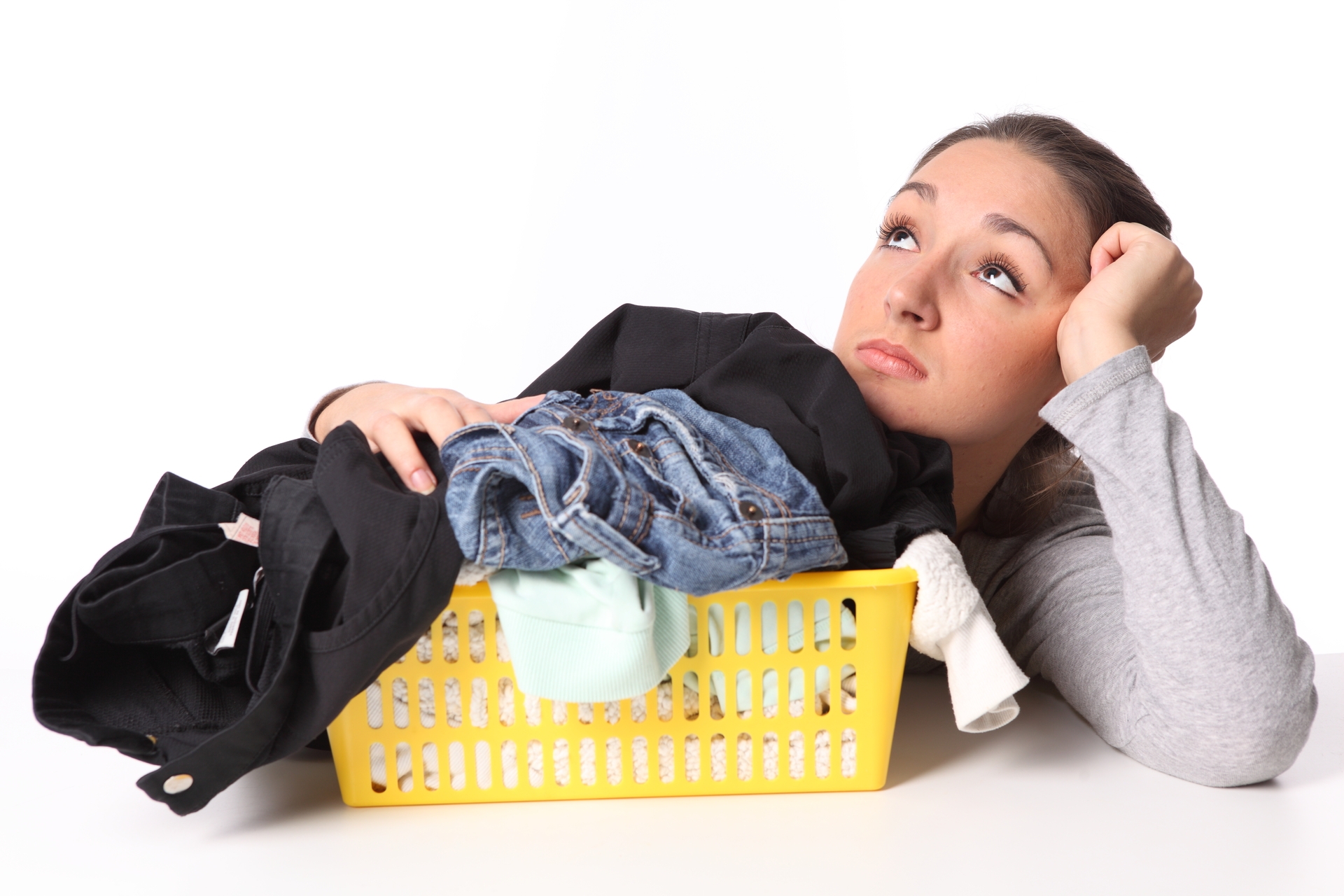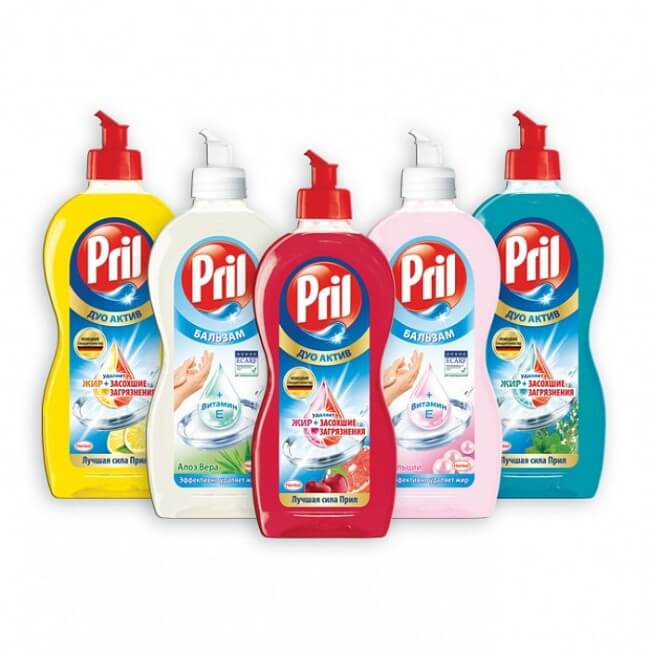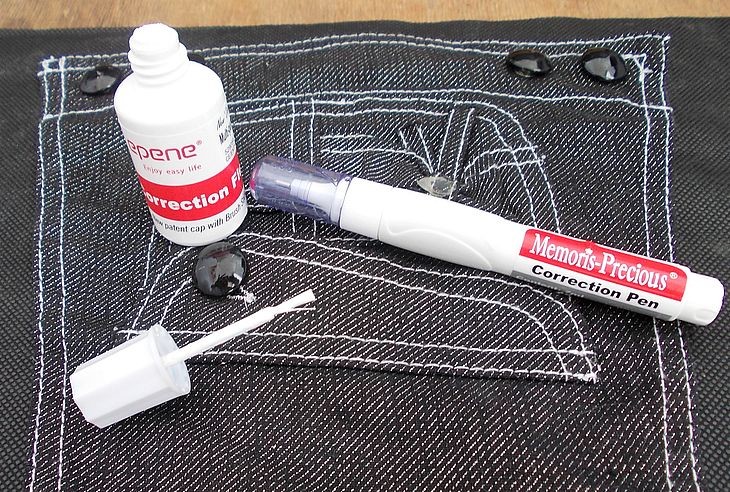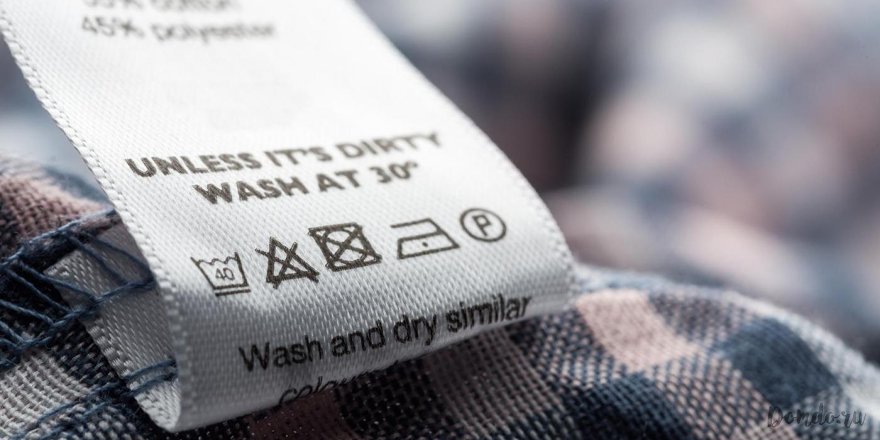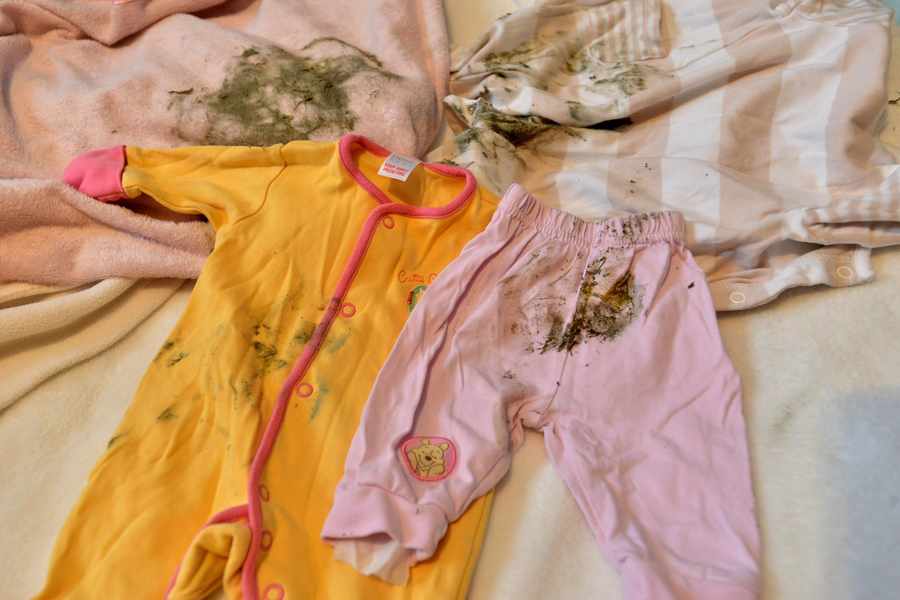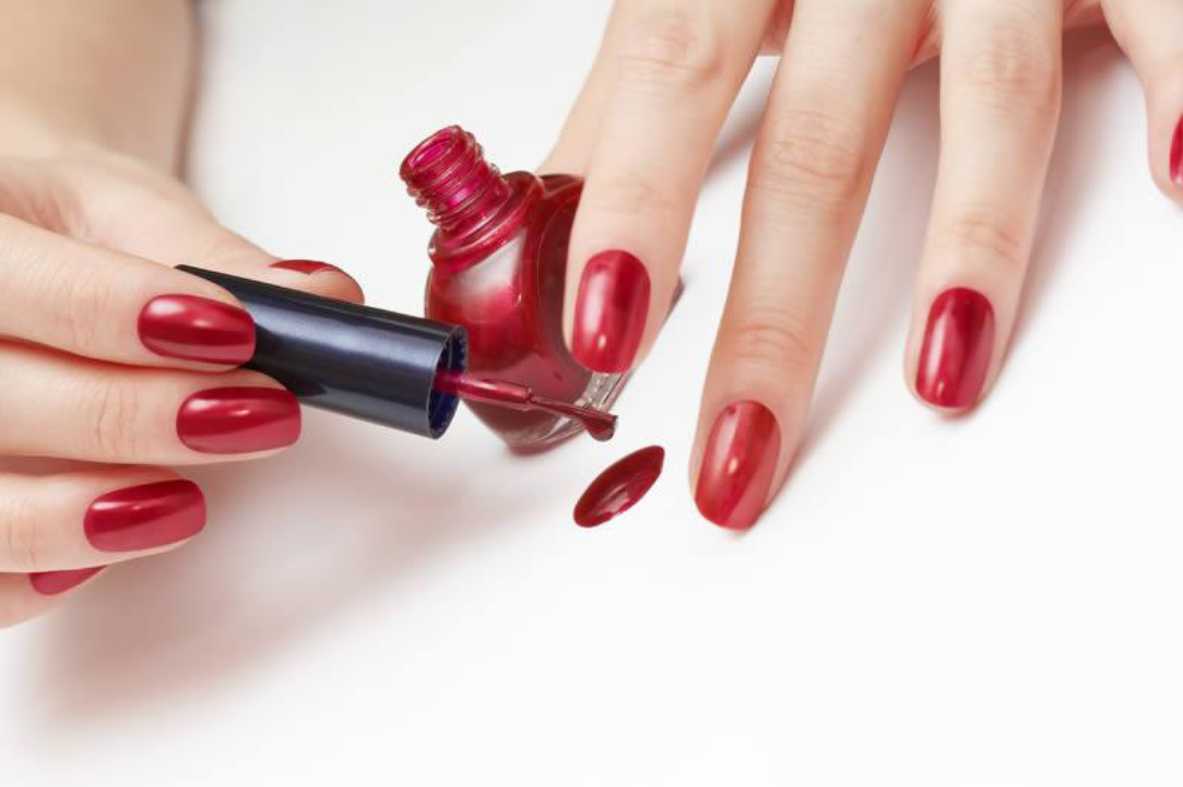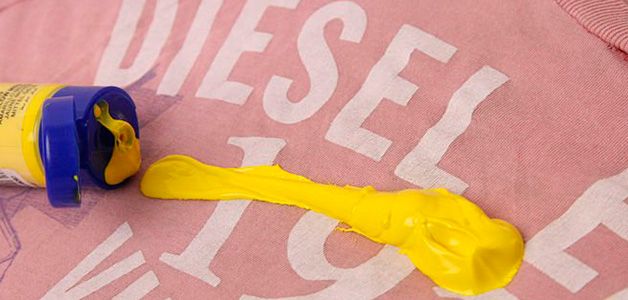With the modern pace of life, it is difficult to do without snacks on the run. And it is not surprising that in a hurry you do not notice how stains appear on your favorite shirts or blouses. Naturally, this is not a reason to throw things away. After all, there are many ways to remove a greasy stain from clothes without ruining them. To get a quality result, you need to correctly determine the composition of the fabric and choose the right cleaning agent.
Peculiarities of working with different fabrics
To maintain a well-groomed appearance of clothes, it is advisable to have an idea of how materials react to cleaning in different ways and with different preparations. The range of fabrics is very wide and they can be divided by the type of fibers from which they are made.
Natural textiles
These are flax, cotton, wool, silk. Cotton textiles are permeable to moisture, subject to shrinkage, and can lose color if handled incorrectly. When working with silk, it is important to keep in mind that the material's coloring may not be durable, and if not cleaned carefully, defects may remain on the clothing - whitish spots.
When working with delicate thin fabrics (silk, cambric, chiffon), care must be taken. Such materials cannot be cleaned with abrasive compounds or brushes. Removing greasy stains from clothes made of thin textiles can be done with a solution of glycerin and ammonia (mixed in equal proportions). The contaminated area is soaked in the composition and then hand washed in warm water.
Woolen fabrics are usually used to sew warm (suits, dresses) and outerwear. Jackets are most often sewn in layers, and coats always have a lining. Therefore, with regular washing, clothes can become deformed, and it will be impossible to give them a well-groomed original appearance. It is advisable to carefully weigh your options and assess the importance of the item before removing a greasy stain from woolen clothes. Despite the fact that wool is a very delicate material, you can use various means to remove greasy stains.
To remove stains from items, use talc, tooth powder, and potato starch. To remove fish oil stains, use a solution of table vinegar. To combat dirty stains on knitted woolen items, use glycerin or iron the item with a hot iron over blotting paper.
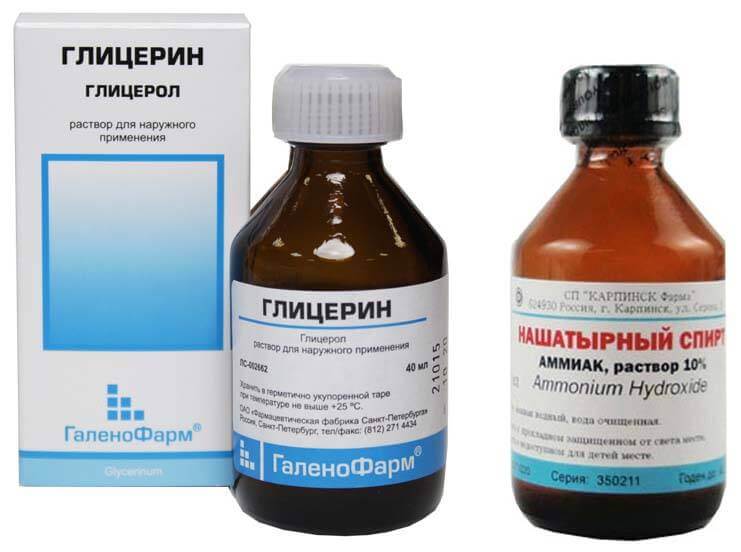
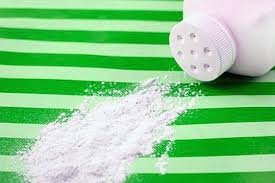

Artificial fibers
The materials are obtained synthetically from natural raw materials (viscose, acetate fibers). Before removing a greasy stain from clothing, it is important to remember that viscose textiles are not resistant to mechanical impacts. Therefore, it is advisable to treat such clothing with gentle methods and means. Contaminated areas are cleaned with gasoline, laundry soap or synthetic detergents.


Synthetic fabrics
They are made of polyester, polyamide, polyurethane (nylon, capron, bologna, lavsan) and are resistant to alkalis and acids. Bologna clothing is the most common. The thin fabric has a smooth surface. The most pressing problem when caring for bologna jackets or coats is shiny greasy areas on collars, sleeves, pockets. You can get rid of sloppy stains with solutions of table vinegar or soda. To do this, moisten a cosmetic or cotton sponge in the mixture and treat the dirty area.
Manufacturers usually indicate on the labels the permitted cleaning options for items. Therefore, it is recommended that you read the manufacturer's instructions before removing a greasy stain from your clothes. As a rule, you can use a soft brush or a soft cloth.
Synthetics absorb less fat, so sometimes it is easy to clean clothes with regular washing with laundry soap. If you need to use an iron, do not heat it up too much, and iron the fabric only through paper that absorbs greasy dirt.
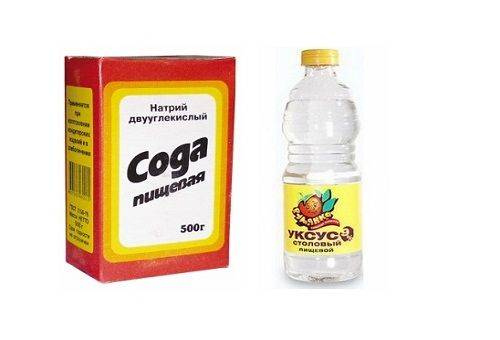
Preparation
Some fabrics are quite easily saturated with grease. However, experts advise not to rush when removing stains and to follow several rules:
- Cleaning movements are made in the direction from the edge of the contaminated area to its center. Thanks to this, the stain will not increase;
- The faster you remove a fresh greasy stain, the easier it will be to wash the item from dirt, and the result of the work will be better;
- If you first wet the fabric with the stain with water, you can avoid the halo of streaks;
- It is known that old greasy stains are easily removed with turpentine, alcohol, gasoline and acetone. Since these are toxic and flammable substances, it is worth opening the windows or holding the event outdoors before cleaning.
When working with dirty clothes, it is recommended to perform several preparatory steps that will make the cleaning process more comfortable:
- Use a soft brush to clean clothes from dust and dry dirt;
- Prepare a soft cloth napkin, cotton swabs. Do not apply a large amount of the product to the stain at once. It is better to wet the napkins or sponges one by one and slowly wipe the grease stains;
- Prepare cleaning agents - mix dry components or make solutions;
- Test the products on a special piece of textile. If there is no fabric sample, you can try the composition on a small, inconspicuous area of the garment. This is especially important when cleaning artificial and synthetic fabrics with products, since they are easily destroyed by some solvents.
To remove stains more effectively, it is recommended to clean from the inside out (if the clothing allows it). This is especially true for complex expensive fabrics or materials in dark shades. Before this, be sure to place a piece of clean fabric or blotting paper, or a paper towel under the dirty area on the front side of the garment.
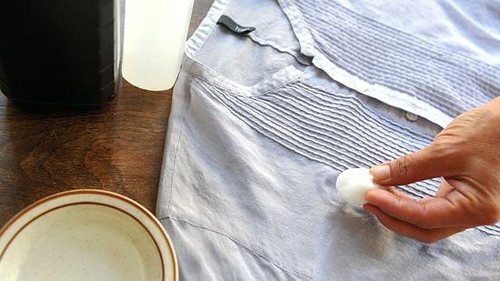


Folk methods of stain removal
Contamination may appear from vegetable and animal fats. As a rule, the area of contamination does not have a clear outline and is darker than the color of the material. Fresh stains are darker than old ones. If you do not deal with the dirty area in time, then after some time the fat eats into the structure of the fabric fibers. The contamination becomes lighter, its surface acquires a matte shade.
Fresh
If possible, it is advisable to immediately place toilet paper or a napkin under the fabric with the stain and on top of it and iron it with a hot iron (change the paper several times as needed). It is recommended to use mustard to remove a stain from colored or dark clothing. First, prepare a water-based mustard paste and spread it on the dirty area. After half an hour, clean the fabric and wash the items in warm water.
Soda is great for tidying up light-colored items. Removing a greasy stain is easy with soda paste. To do this, take equal parts of soda and water, mix them and apply to the stain. To make the paste work, leave it on the fabric for 10-15 minutes, then remove the mixture with a damp cloth.
Laundry soap is a well-known and proven way to remove grease stains. Every home has such a product. It is enough to soap the dirty area well and keep the clothes for 7-8 hours. Then all the dirt from the clothes is easily washed out - almost without a trace. If the trouble happened in a cafe or a canteen, you can use a crumb of white bread, which perfectly removes grease stains from clothes. At home, you should wash the clothes in a soap solution. This method can remove stains from vegetable oil that got on velvet clothes.
If the manufacturers do not recommend washing the fabric, then apply a small amount of starch to the greasy stain with light rubbing movements. Leave the powder for 10-15 minutes and then shake it off. If necessary, repeat the procedure several times. This method is suitable for fabrics with pile.
10% ammonia can remove greasy stains from any fabric. For the cleaning solution, mix a tablespoon of alcohol with a glass of water. Gently wipe the stain with a damp cotton swab. Then place a paper towel or 2-3 layers of toilet paper on the area and iron the item.
A solution of table vinegar (a tablespoon per half a glass of water) will help remove a stain from animal fat. Wipe the dirty area of the fabric with a swab soaked in the vinegar solution. Blot with a paper towel and watch the stain. As soon as it becomes lighter, wash the item as usual.
Fine salt is the most common remedy - it is sprinkled on the greasy stain and left for some time to absorb the grease. Then it is recommended to wash the clothes.
Dry mixtures are also great for removing stains. A powder of talc and chalk is suitable for cleaning white clothes made of cotton and linen. The composition is applied to the contaminated area, covered with a sheet of porous paper (napkin, paper towels or toilet paper) and left under a weight for about a day. Then the powder is carefully shaken off the material.
Working with suede surfaces deserves special attention. Before removing a greasy stain from clothing, it is recommended to blot fresh dirt with napkins or a clean thin cloth so that the grease is quickly absorbed. The desired area is generously sprinkled with flour, starch, chalk - whatever is at hand. The dirty area is lightly pressed with clean hands so that the powder penetrates into the suede structure. Leave for about 50-60 minutes. Then the clothing is thoroughly shaken. If necessary, the procedure is repeated several times. If the pile is pressed down, it can be lifted with a special suede brush.
How to quickly remove a greasy stain from a leather item? To treat the stain, you will need a paste of gasoline and potato flour (mix equal parts of the substances). Rub the paste into the stained area and leave to dry. Once the gasoline evaporates, the potato flour will be easy to shake off.
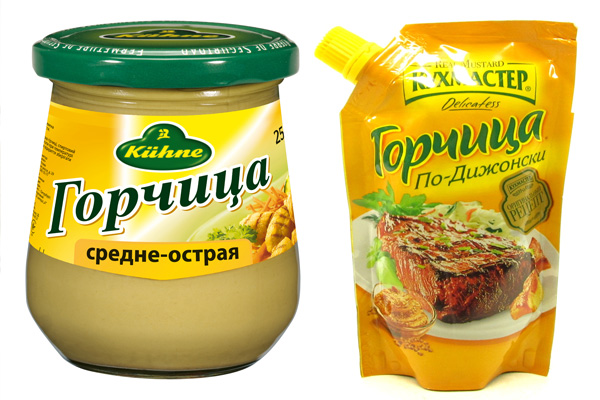
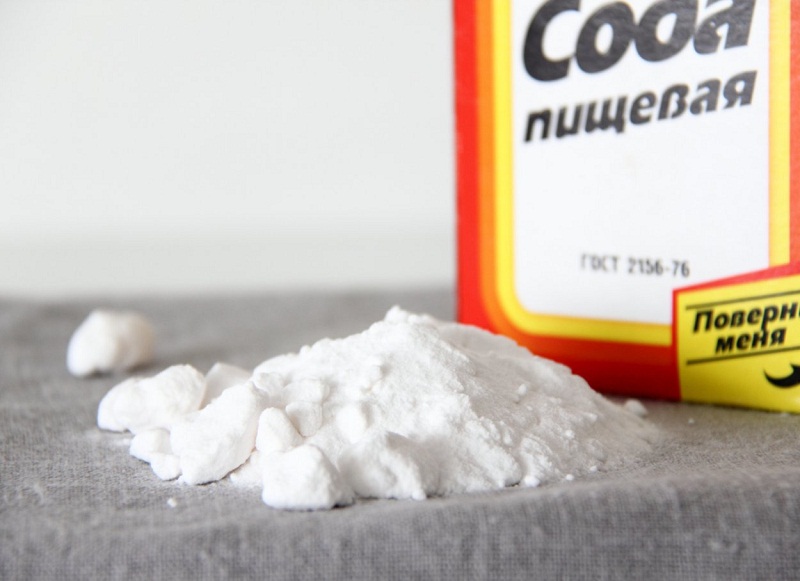
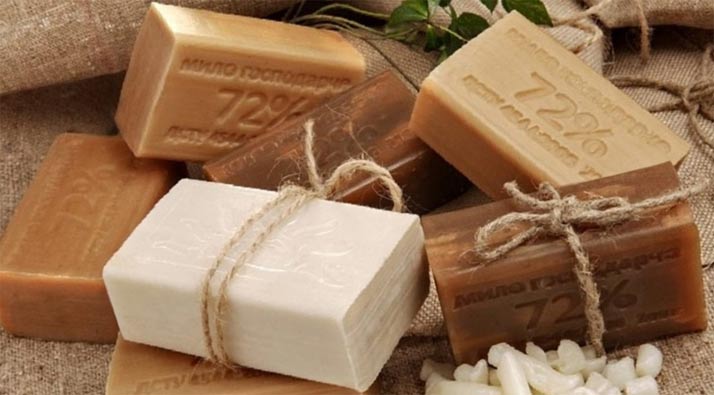


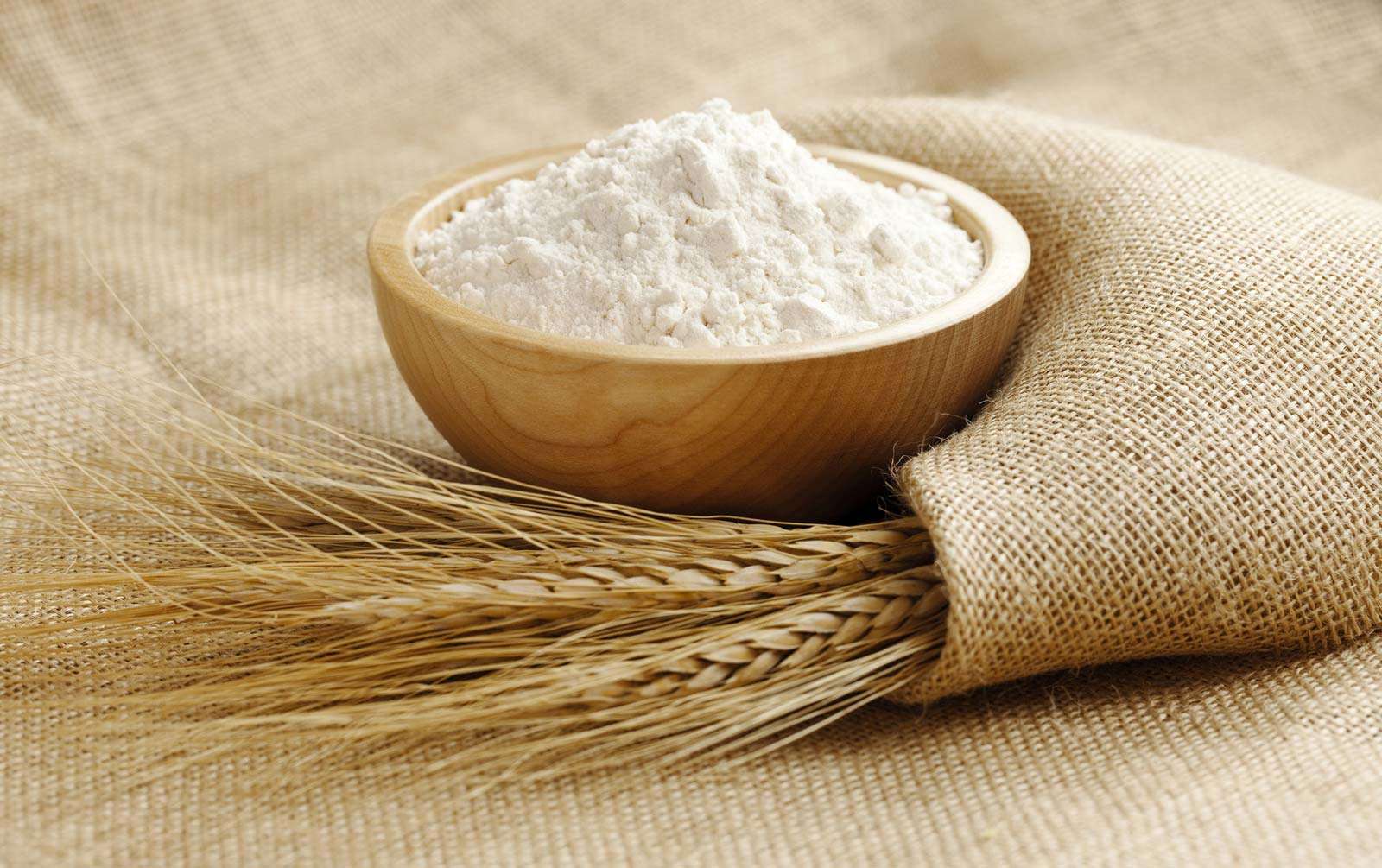

Old
It is not always possible to remove old stains from clothes in one go. This is due to the fact that fat undergoes changes under the sun's rays, resulting in the formation of poorly soluble substances. Sometimes, before washing a greasy stain from clothes, it is treated with products several times. If you do not want to spend money on expensive stain removers, you can use proven folk methods:
- A salt solution removes old greasy stains from clothes very well. It is enough to dilute half a glass of salt in 5-7 liters of hot water and soak the soiled clothes in the solution. The water will soak the fabric, and the salt will absorb the grease. The clothes must then be washed as usual and dried;
- To remove greasy stains using purified gasoline, soak blotting paper and place it under the stained area. Treat the stain with a cotton swab soaked in gasoline. Be sure to wash the clothes afterwards. If regular gasoline was used for cleaning, rinse the items and wash them thoroughly (preferably in a washing machine). Only detergent will remove the smell of petroleum products from items;
- Before removing greasy stains from clothing using turpentine and ammonia, the substances are mixed in equal proportions. The tampons are moistened with the solution and the stains on the clothing are wiped with them several times. It is recommended to leave the tampon on the contaminated area. After 2-3 hours, the items are washed in warm water;
- You can remove a greasy stain with glycerin. Just apply a few drops to the dirty area and leave them for 25-30 minutes. Then wipe the treated area with a clean swab.
Almost everyone is familiar with the problem of greasy collars on jackets or coats. At home, you can remove these stains using a solution of ammonia and salt. To do this, dilute a teaspoon of salt (without a slide) in 25 g of ammonia and moisten a cotton swab. The collar is carefully wiped, it is advisable to change the swab often.
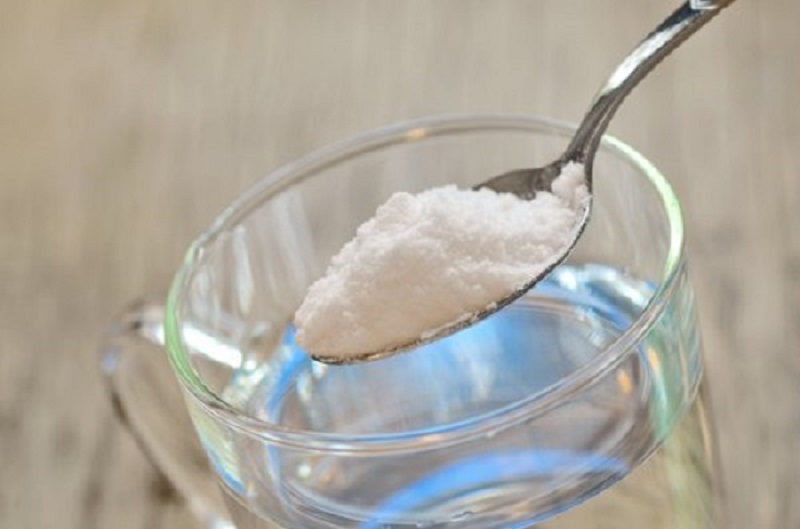
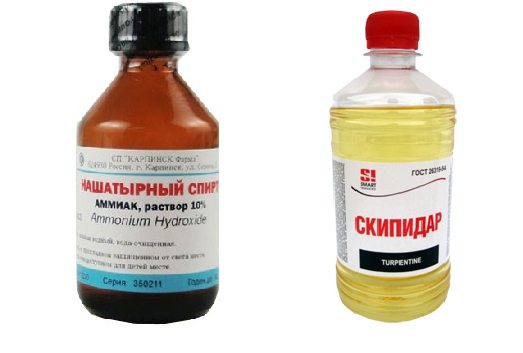
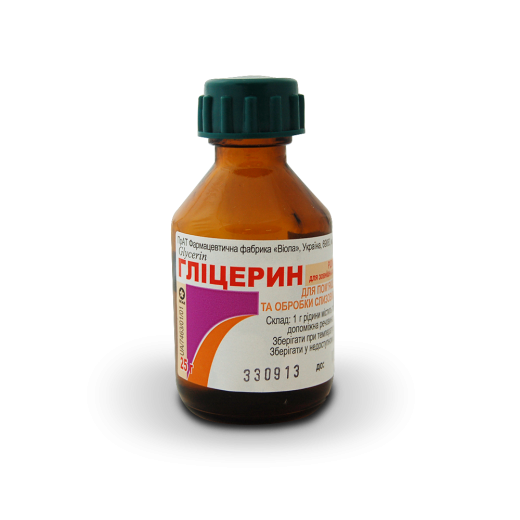
Household products
Experienced housewives know that the scope of application of some household products is much wider than stated by the manufacturers. And they boldly use individual products to remove greasy stains:
- Fairy dishwashing detergent perfectly removes dirt not only from dishes, but also from dirty clothes. This composition perfectly removes fish oil - just apply a few drops to the dirty area, wait for some time and wash the clothes in hot water. A special advantage of the product is that it will even remove the unpleasant smell of fish oil, which simple folk remedies cannot cope with;
- It turns out that shaving foam also has unusual and amazing qualities. According to housewives, this very effective product is applied to dirty spots in clothing. Wait 5-10 minutes and wash the items in water with regular powder;
- To preserve the appearance of fine silk and not damage the fabric, use baby powder. The powder has a powder structure and therefore penetrates the material well without causing harm. The contaminated area is sprinkled with powder, left for 15-20 minutes and then shaken off;
- Whitening toothpaste is also used as a means of removing greasy stains. It is applied to the stain, carefully spreading over the area of contamination, and wiped off after 10-15 minutes.
Manufacturers suggest washing dirty items with Antipyatin soap (there is a product for children's items and for white clothes with lemon aroma). It is based on natural enzymes. Manufacturers guarantee that the soap works even when washing in cold water and perfectly removes both fresh and old greasy stains. Suitable for the care of wool, cotton, silk products, does not destroy the structure of fabrics and preserves their color.
There is no universal product that will allow you to perfectly get rid of any greasy stains (both fresh and old) on things made of different materials. There are many simple preparations, the effect of which has been tested by many housewives. In order for the cleaning result not to disappoint, it is necessary to choose the right composition that is optimally suited to a particular fabric.
Video

